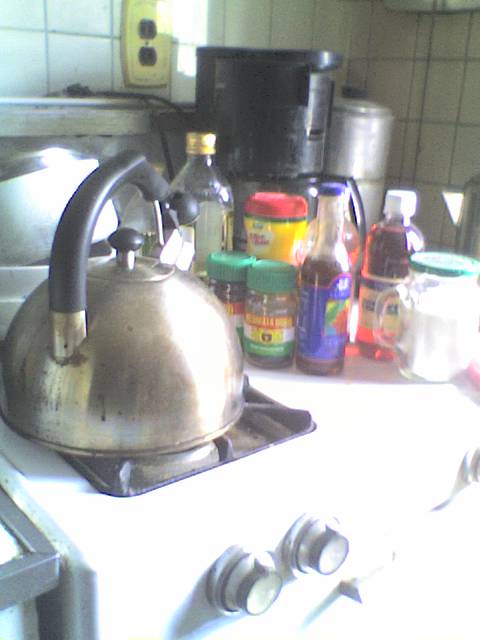Today is Samuel Taylor Coleridge's birthday and surely he must have celebrated with a Devon cream tea. One of the components of any tea are scones, those mouth watering biscuits.They're an easy bake for novice home chefs along with being versatile with their ingredients. They can be just plain or filled with everything from nuts to berries to even candies.
Scones have been baked since the early 1500's and were surprisingly the size of a luncheon plate in their early days. Their origins were not England as you'd might suspect but possibly from Scotland and Holland. The Scots have something similar, called a bannock and it could be from this that our modern day ones originate from. They could also come from the Dutch schoonbrod translated into fine white bread. The Dutch ones were smaller , spoonfuls of dough were dropped onto a hot griddle and cooked. Even the Germans made them and also contributed to their name by calling them schoenbrod.Most foodies as well as Coleridge himself, knew the British variations of them. These are the ones that are chock full of currants, raisins, dates and cheese. The Scots and Northern Irish mix potatoes in with the dough and then fry them. These tattie scones are a big part of the Ulster fry up, the sumptuous breakfast full of streaky bacon, pork sausage and eggs.The US embraced scones thanks to the recent coffeehouse culture , and we probably have Starbucks to thank for that. They're mostly cinnamon and blueberry flavored here .In Utah, they're a variation of the Indian fry bread with buttermilk and baking soda.
Scones are the perfect bake for the novice home baker. You can easily make the ones that ST Coleridge probably enjoyed with his Devon cream tea.There is the Bisquick kind made with that baking mix.These are the closest to what Starbucks sells, with a confectioner's sugar glaze and stuffed with blueberries.A more authentic version is the English recipe which calls for mixing white flour with baking soda.Butter is added to this and the dry ingredients are cut together similar to what is done with pie crust.Once the mix resembles course breadcrumbs, eggs and milk are added to give it a more doughy quality. It is then rolled out to a one inch thickness and then cut with a biscuit cutter or can be cut into triangles.They're baked in a very hot oven at 425 degrees Fahrenheit for only ten to fifteen minutes . If you want them to have a shiny top then brush them with a beaten egg before baking.If you want to have a sweet crust then, just sprinkled granulated sugar on top after egg /butter washing and before baking. For cinnamon flavored ones just add four teaspoons of the spice to the dough.Serve them the true British way with clotted cream (which you can get on Amazon) butter and any jam, such as raspberry or red current.
Celebrate Coleridge's birthday with a batch of freshly made scones, butter, jam and , of course Devon cream tea. He would have appreciated this tea, as you will. Savor the taste of a butter and jam covered one washed down with hot milky Earl Grey.
Subscribe to:
Post Comments (Atom)




No comments:
Post a Comment